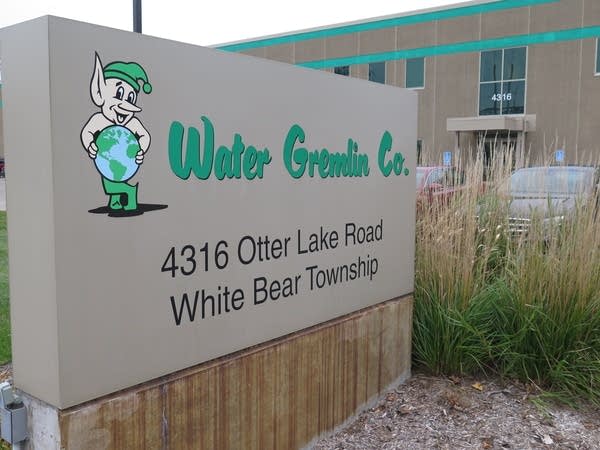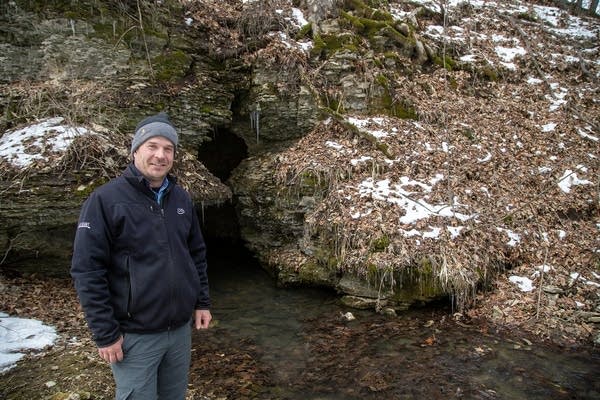
What does a downtown rebound look like? More residents and weekend visitors
June 11, 2024
‘Untapped market’: Rapidly growing Yemeni coffee chains set sights on Twin Cities
June 12, 2024A group of environmental organizations has launched a new project and website criticizing the Walz administration and four state agencies for what the group says is a repeated unwillingness to enforce environmental laws.
The groups’ new effort, dubbed People Not Polluters, details 12 examples from around the state where it alleges the Minnesota Pollution Control Agency, Department of Natural Resources, Department of Agriculture and Department of Health failed to properly regulate industries and agricultural operations polluting the environment, or that the agencies took far too long to address violations.
The list includes nitrate pollution from fertilizer runoff in southeastern Minnesota that has contaminated drinking water for thousands of residents; air pollution from an iron foundry in Minneapolis revealed by a surprise federal Environmental Protection Agency inspection; and water pollution from a northern Minnesota iron ore mine that has long exceeded a state sulfate standard.
“These are not isolated incidents,” said longtime environmental advocate Don Arnosti. “Again and again, state agencies refuse to use the tools the legislature has provided to protect Minnesotans and our environment.”
Arnosti, who’s worked on environmental issues for 35 years in Minnesota, said the problem has gotten worse over the years. “The public is really being sold down the river by its own government,” he said.
While Walz didn’t cause the problem of “regulatory capture,” Arnosti and other environmental advocates argue he needs to fix it, to put the concerns of the public ahead of special interests.
They called on the state legislature to hold hearings to address the issue, arguing the entities that caused the pollution have too much influence over how they’re regulated by the state agencies.
“Multiple organizations and individuals have tried to get the Walz administration’s attention on this. But they refuse to acknowledge the problem or propose meaningful solutions,” said Margaret Levin, State Director of Sierra Club North Star Chapter, one of the groups behind the effort.
Regulatory commitment
In a joint statement, the MPCA, DNR, Ag Department and MDH said they share the public’s values around protecting the environment and human health. “We are committed to carrying out our regulatory authorities and responsibilities transparently, efficiently and effectively, in a way that is objective, science-based and consistent with statute and rule,” the statement reads.
The agencies also say they accepted an invitation six months ago to meet with the coalition of environmental groups, but received no response. “We continue to welcome their thoughts and remain open to further engagement,” they said.
Several of the incidents cited on the group’s website call attention to environmental justice concerns, where pollution occurred in lower income neighborhoods and communities of color.
A surprise inspection by the U.S. EPA last year found air quality problems at Smith Foundry in south Minneapolis that violated state and federal standards and resulted in elevated emissions of particulate matter and lead.
The foundry is located in the East Phillips neighborhood, home to the Native American community of Little Earth of United Tribes, where neighborhood residents say there are problems with arsenic and high asthma rates. Last week the EPA reached a settlement with Smith to partially shut down the foundry.
“The MPCA ignored community concerns about pollution from the Smith Foundry for years,” said Joe Vital, organizer with the East Phillips Neighborhood Institute.
In North Minneapolis, the groups accuse the Minnesota Pollution Control Agency of taking a decade to respond to concerns about Northern Metal Recycling violating its air permit, in a neighborhood with the highest hospitalization rates for asthma in the state and the highest lead poisoning rates among children in the city.
The campaign also calls out the MPCA for taking too long to crack down on violations at Water Gremlin, an eastern Twin Cities manufacturer of fishing sinkers and battery terminals with a long history of pollution problems.

Other examples highlight construction of the Line 3 oil pipeline that breached several aquifers; over-pumping of aquifers during drought; and nitrate contamination of groundwater in southeastern Minnesota.
The organizations involved in the project include Climate Generation, CURE, East Phillips Neighborhood Institute, Friends of the Boundary Waters, Health Professionals for a Healthy Climate, Izaak Walton League, Minnesota Environmental Justice Table, Minnesota Environmental Partnership, Minnesota Interfaith Power & Light, Minnesota Well Owners Organization, MN350, Pollinator Friendly Alliance, Sierra Club North Star Chapter, TakeAction MN, Waadookawaad Amikwag and WaterLegacy.





